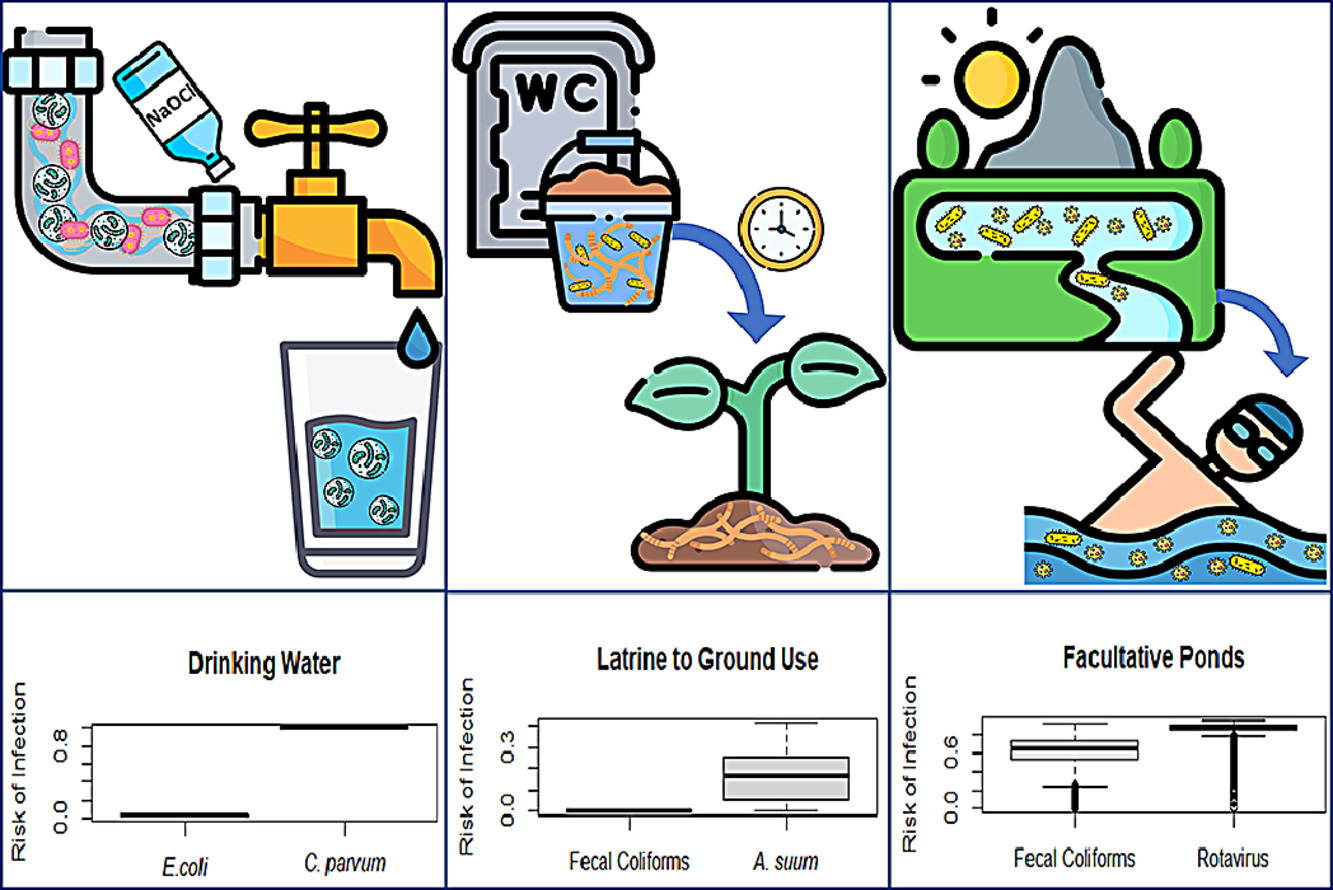Elsevier,
The Lancet Global Health, Volume 9, February 2021
An Article in support of SDGs 3 and 17, analysing the extent to which the budgets of The Global Fund to Fight AIDS, Tuberculosis and Malaria support health security, highlighting the importance of disease-specific global health initiatives to support health security efforts and to respond to current and future pandemics.
Elsevier, The Lancet Planetary Health, Volume 5, February 2021
Background: nationally determined contributions (NDCs) serve to meet the goals of the Paris Agreement of staying “well below 2°C”, which could also yield substantial health co-benefits in the process. However, existing NDC commitments are inadequate to achieve this goal. Placing health as a key focus of the NDCs could present an opportunity to increase ambition and realise health co-benefits.
Elsevier, Midwifery, Volume 93, February 2021
Objective: To explore and describe norms concerning maternity, femininity and cisgender in lesbian and bisexual women and transgender people (LBT) assigned female at birth, with an expressed fear of childbirth (FOC). Design: Semi-structured interviews were conducted with self-identified LBT people with an expressed FOC. Participants: 17 self-identified LBT people participated. 15 had an expressed FOC, and two were non-afraid partners. Findings: Participants described how their FOC was related to ideals of “the primal woman”, including ideals of a natural birth.
Elsevier, Nurse Education Today, Volume 97, February 2021
Background: Compared to cisgender peers, transgender and gender diverse (TGD) people experience significant health disparities associated with discrimination and limited access to appropriate care in healthcare settings. Nurses represent the largest segment of the United States (US) healthcare workforce; however, US nursing programs only dedicate approximately 2.12 h to Lesbian, Gay, Bisexual, and TGD (LGBT)-related content.
Elsevier, The Lancet Child and Adolescent Health, Volume 5, February 2021
Background: Disparities in outcomes of adult sepsis are well described by insurance status and race and ethnicity. There is a paucity of data looking at disparities in sepsis outcomes in children. We aimed to determine whether hospital outcomes in childhood severe sepsis were influenced by race or ethnicity and insurance status, a proxy for socioeconomic position. Methods: This population-based, retrospective cohort study used data from the 2016 database release from the Healthcare Cost and Utilization Project Kids’ Inpatient Database (KID).
Elsevier, Water Research, Volume 189, 1 February 2021
Water and wastewater utilities, water and sanitation hygiene (WASH) practitioners, and regulating bodies, particularly in developing nations, rely heavily on indicator microorganisms, as opposed to pathogens, for much of their regulatory decisions. This commentary illustrates the importance of considering pathogens and not relying only on indicator organisms when making decisions regarding water and sanitation, especially with respect to meeting the current targets of the Sustainable Development Goal (SDG) 6.
Elsevier, Rheumatic Disease Clinics of North America, Volume 47, February 2021
It is estimated that 32.5 million US adults have clinical osteoarthritis (OA), with the most common sites being knee and hip. OA is associated with substantial individual and societal costs. Race/ethnicity, socioeconomic status (SES), and geographic variations in the prevalence of knee and hip OA are well established around the world. In addition, clinical outcomes associated with hip and knee OA differ according to race/ethnicity, SES, and geography. This variation is likely multifactorial and may also reflect country-specific differences in health care systems.

